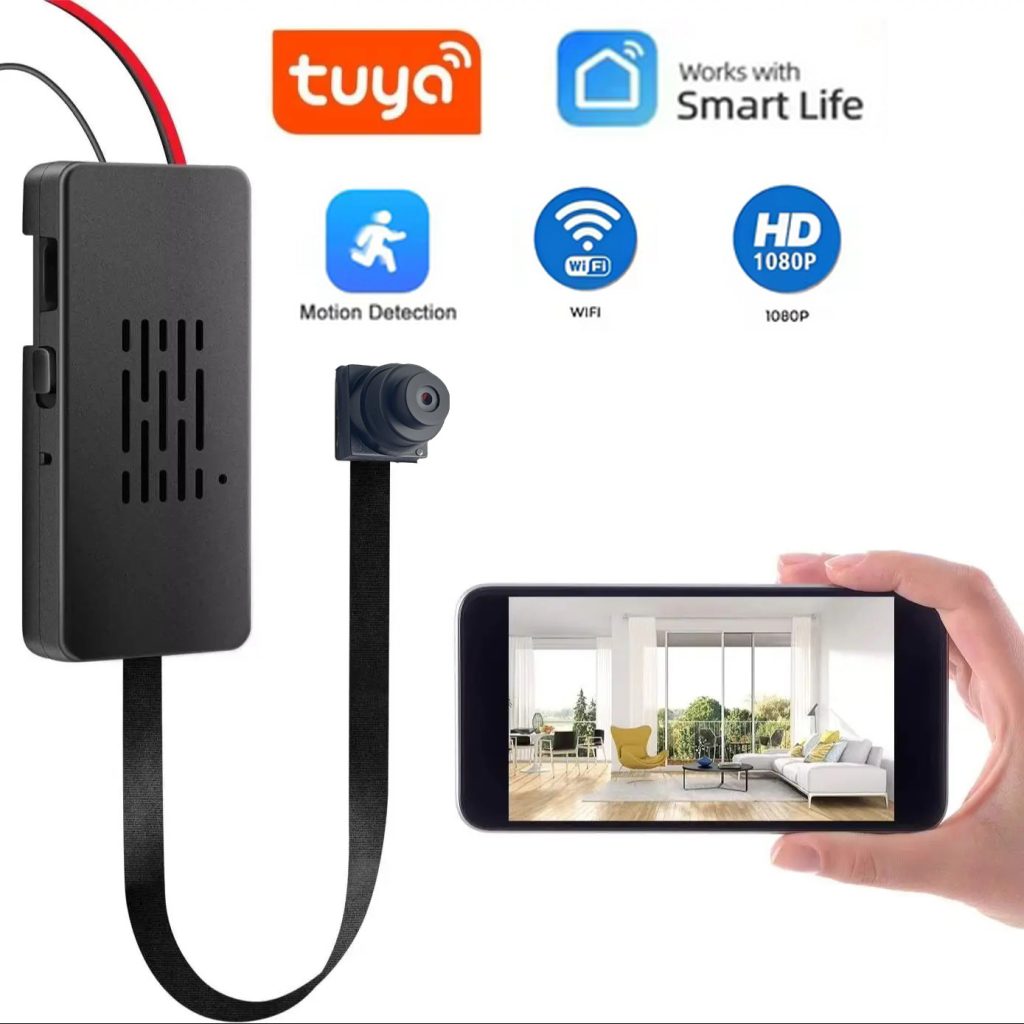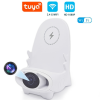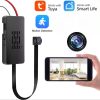Useful
Wide-angle Camera: Principle Analysis, Technological Evolution and Future Application Scenarios
Introduction
In modern technological products such as smartphones, self-driving cars, and virtual reality devices, wide-angle cameras have become indispensable visual perception tools. By capturing ultra-wide field-of-view images, they break through the limitations of human vision and present more abundant scene information within a limited space. This article will systematically analyze the core technical logic and industrial value of wide-angle cameras from four dimensions: optical principles, technological development paths, application scenarios, and future trends.
I. Core Principles and Key Technologies of Wide-Angle Cameras
The core of a wide-angle camera lies in expanding the field of view (FOV). The monocular field of view of the human eye is approximately 150°, while the field of view of a wide-angle camera typically ranges from 120° to 180°, and that of an ultra-wide-angle camera can even exceed 220°. The key technologies to achieve this goal include:
Optical design breakthrough
Short focal length lens: The shorter the focal length, the larger the field of view angle, but it will introduce edge distortion (such as barrel distortion).
Aspheric lenses: By combining multiple aspheric lenses, aberrations are corrected and edge image quality is enhanced. For instance, the freeform surface lenses used in smartphones can reduce distortion to less than 1%.
Fish-eye lens: It achieves a field of view of more than 180° through an extremely short focal length (such as 2mm), but it relies on algorithms to correct distortion.
Algorithm correction technology
Geometric distortion correction: Reverse mapping of images through polynomial models or deep learning algorithms (such as U-Net networks) to restore the true scale.
Multi-camera fusion: Wide-angle and telephoto lenses, along with the main camera, work in coordination, and with the aid of AI algorithms (such as Huawei’s XD Fusion), seamless zooming and image quality enhancement are achieved.
Sensor Adaptation
High-pixel CMOS sensors (such as 100 million pixels) combined with pixel binning technology can expand the field of view while retaining details, addressing the issue of insufficient resolution in wide-angle shooting.
II. Technological Evolution: The Leap from “Usable” to “User-friendly”
Phase One (2000 – 2010): Initial Application in Professional Fields
Wide-angle lenses were initially used in security surveillance (such as panoramic monitoring of bank lobbies) and dashcams. However, due to optical distortion and low resolution, the image quality was rough.
Phase Two (2011 – 2018): The Period of Popularization of Consumer Electronics
Smartphones drive technological upgrades: The iPhone 6s was the first to feature a wide-angle lens, achieving usable image quality through software correction; the GoPro Hero series became the benchmark for action cameras with its ultra-wide-angle lens.
Phase Three (2019 to present): The AI-driven High-performance Era
Hardware breakthrough: 7P lenses and hybrid glass-plastic lens groups enhance light transmission (such as the 1-inch large sensor wide-angle lens in Xiaomi 12S Ultra).
Algorithmic Leap: Real-time Distortion Correction (such as Tesla Autopilot’s 360° Surround View System), AI Scene Recognition (automatically switch to wide-angle mode).
III. Application Scenarios: From Consumer Electronics to Industrial Empowerment
Smartphone
Multi-camera collaboration: Ultra-wide-angle lenses (such as the 120° FOV of the iPhone 15) are used for architectural photography and group photos.
Macro mode: By taking advantage of the closest focusing distance of the wide-angle lens, it enables shooting at a close distance of 2 cm.
Intelligent vehicle
Surround view system: 4-6 wide-angle cameras create a bird’s-eye view, with parking assistance accuracy reaching the centimeter level.
Autonomous driving perception: Tesla Vision uses wide-angle cameras to cover lateral blind spots, replacing traditional ultrasonic radars.
Virtual Reality and the Metaverse
180° wide-angle cameras (such as Insta360 Pro 2) capture panoramic content, combined with light field technology to achieve 6DoF immersive experiences.
Industry and Healthcare
Pipeline inspection: A 5mm diameter medical endoscope wide-angle lens can explore human body cavities.
Drone inspection: DJI M300 RTK equipped with a wide-angle gimbal camera enables seamless shooting of power towers without blind spots.
IV. Challenges and Future Trends
Existing technical bottlenecks
Edge image quality degradation: Even with multi-layer coating, vignetting and chromatic aberration are still difficult to be completely eliminated.
Dynamic range limitation: In high contrast scenes, wide-angle lenses are prone to local overexposure (such as when shooting against the light).
Future breakthrough directions
Deep integration of computational optics
MediaTek Dimensity 9300 integrates AI-ISP to optimize the dynamic range of wide-angle video in real time.
The folded optical path design (such as the periscope wide-angle lens in OPPO Find N3) reduces the volume of the lens module.
Cross-modal perception fusion
Wide-angle vision and LiDAR, millimeter-wave radar data fusion enhance the redundancy and safety of autonomous driving systems.
Application of New Materials
Metasurface lens: By using nanostructure arrays to replace traditional lenses, it achieves zero-distortion wide-angle imaging.
Quantum dot sensors: Enhancing the signal-to-noise ratio for wide-angle shooting in low-light conditions.
Scene-based AI Empowerment
Intelligent Editing: The GoPro Quik App automatically identifies the moving focus in wide-angle videos and generates highlights.
AR navigation: Wide-angle SLAM algorithm builds indoor 3D maps in real time (like Apple Vision Pro).
Conclusion
Wide-angle cameras have evolved from “functional supplements” to “scene redefiners”. With the co-evolution of optical design, AI algorithms and new hardware, their application boundaries will continue to expand – from microscopic cell observation to space exploration (such as the panoramic cameras on Mars rovers), from personal Vlog creation to city-level digital twins. Wide-angle vision is redefining the dimensions through which humans perceive the world. In the future, the technological combination of “ultra-wide-angle + AI + multi-modal” may become the key to unlocking the metaverse and general artificial intelligence.








